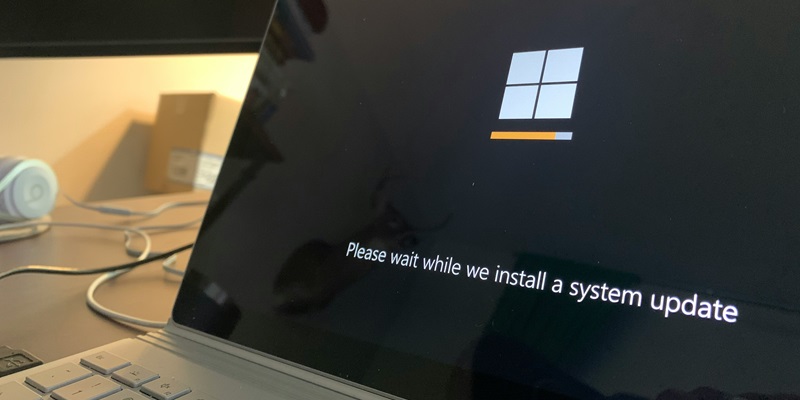With the release of Windows 11, Microsoft has introduced several improvements and features to enhance the user experience. This article highlights the latest updates, fixes, and expanded features in Microsoft’s new operating system.
Easier Wi-Fi Network List Refresh in Windows 11
Windows 11 makes it a breeze to refresh the Wi-Fi network list. With just a few clicks, users can quickly scan for available networks and connect to their preferred Wi-Fi network hassle-free.
Enhanced Process Grouping in Task Manager
Task Manager now boasts enhanced process grouping capabilities, facilitating better usability. Users can easily identify and manage multiple processes related to a particular application or task, streamlining system resource management.
Fixes for Desktop Tooltip, Live Caption, and Task View Drag-and-Drop Issues
In response to user feedback, Microsoft has addressed several issues in Windows 11. These include fixing desktop tooltip glitches, resolving live caption display problems, and rectifying drag-and-drop inconsistencies within the Task View feature.
Windows Share Supports Sharing with Specific Microsoft Teams Channels and Group Chats
Windows Share has received an upgrade that allows users to share content directly with specific Microsoft Teams Channels and group chats. This integration promotes seamless collaboration and communication within the Windows ecosystem.
Digital Handwriting Available in More Languages and Locales with Improved Recognition
Digital handwriting, also known as inking, has been expanded in Windows 11 to support more languages and locales. Additionally, Microsoft has implemented advanced recognition technology to improve the accuracy and responsiveness of the inking capabilities.
Insiders in the Beta Channel Now on the Same Build
To foster a streamlined testing environment, Microsoft has brought Insiders in the Beta Channel onto the same build (Build 22635.xxxx). This consolidation ensures a consistent experience and facilitates feedback collection from a focused user group.
Toggle to Receive Latest Updates
Windows 11 introduces a toggle that allows users to choose whether they want to receive the latest updates as they become available. This flexibility empowers users to manage their update preferences according to their individual needs and preferences.
Gradual Rollouts of New Features for Users Who Keep the Toggle Off
For users who choose to keep the update toggle off, Microsoft has planned gradual rollouts of new features. This approach prioritizes stability while allowing users to enjoy advancements at a pace that suits them.
Continuous Improvement and Expansion of Features for Windows Insiders
Microsoft remains committed to refining and expanding the range of features available to Windows Insiders. Through close collaboration and feedback, Insiders play a vital role in shaping and improving Windows 11.
Update Process in Windows 11 Prioritizes Stability and Gradual Feature Release
The update process in Windows 11 emphasizes stability and a gradual feature release. This strategic approach ensures that users experience a reliable and smooth transition to new features without compromising system performance.
Windows 11 brings an array of exciting updates, fixes, and expanded features that aim to enhance user productivity and improve the overall Windows experience. With easier Wi-Fi network refreshing, enhanced process grouping, and improvements in digital handwriting recognition, Windows 11 continues to reflect Microsoft’s commitment to delivering a seamless and user-centric operating system. By prioritizing stability and gradual feature releases, Microsoft ensures that users can enjoy the benefits of new updates and features at their convenience.

